QR Codes for Marketing: The What, Why, and How
*This post was originally published on August 20, 2011 and has been updated to reflect the rise and fall and rise again of QR codes.
There was a time when the average joe hadn’t even heard of a QR code, much less used one in daily life. Those days are long gone.
In today’s world, QR codes are a great way to reach audiences – extending the interaction with your brand or product into a space beyond the internet.
QR codes have held this potential for a long time (longer than you might think), but the pandemic has brought this channel forward like never before.
Now QR codes are widely accepted as a part of our daily interactions.
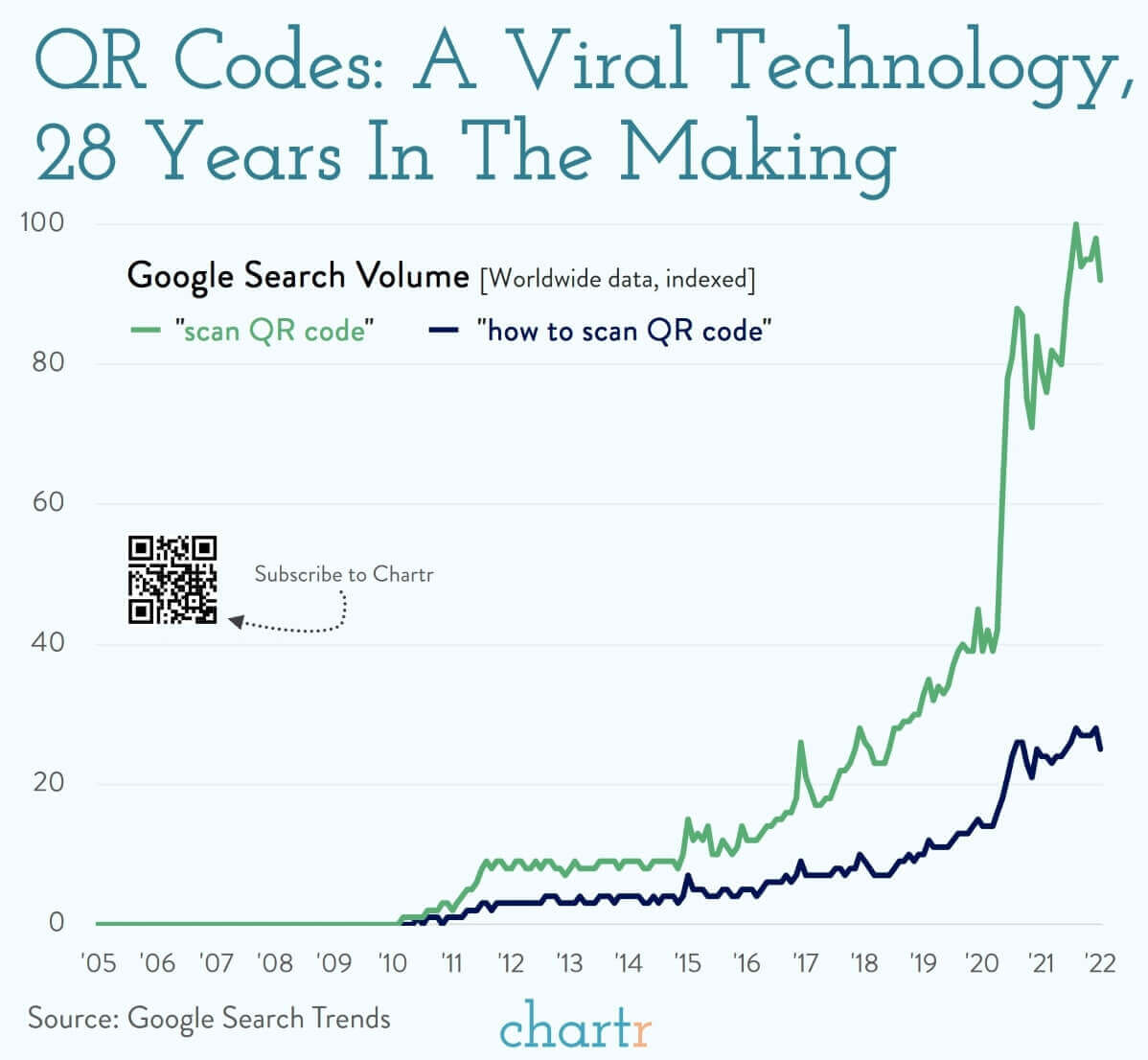
Source: CHARTR
What is a QR Code?
A QR code is a “matrix barcode (or two-dimensional barcode)” which “often contains data for a locator, identifier, or tracker that points to a website or application.”
– Thanks, Wikipedia!

The ‘QR’ stands for ‘quick response’, and these white-and-black patterned codes can quickly link the scanner to a unique online location as designated by that code.
A Brief History of the QR Code
QR codes were created by an automobile manufacturing company called Denso-Wave in 1994, when its head engineer had the goal to quickly and efficiently track parts and cars throughout the factory.
The code was developed to create a high-speed way for information to be decoded, or as Denso-Wave cryptically explained, “Code read easily for the reader.”
Fun historical fact: The first time we published a blog on QR codes was in the year 2011. That’s the year Game of Thrones season 1 first aired…so ancient cultural history.

The Rise, and Fall, and Rise of the QR Code
In 2010 and 2011, QRs were hot on the scene. The talk of the marketing town. But they turned out to be a digital supernova – shining brightly for a brief time and dying just as quickly.
It’s true that QR codes never entirely went away in the world, but before 2020, they had become all but a joke in the marketing industry.
Enter COVID-19.
With the rise of the pandemic, along came the need for a fast, contact-free way to give people information.
Back in the day, you needed a specific app on your phone to read QR codes. Updates to newer smartphones created the ability for any smartphone camera to read this data, allowing for easy access to QR codes.
Use and awareness spread like wildfire. In fact, from 2018 to the end of 2020, the number of QR code interactions grew 94%.
Source: BLUE BITE’S STATE OF QR 2021
Why Use QR Codes for Business?
Trackable: QR codes make it possible to track interactions with print materials, billboards, and even commercials or streaming ads – yes, like that Super Bowl one. This is huge, since audience engagement for these channels was previously based only on an estimated number of eyes that might see the ad.
Versatile: QR Codes can be used in many different marketing and business contexts. They can link to just about any digital location, whether it’s an informational page, app download, menu, product or purchase page, coupon, or promo. This is a fun channel to get creative and experiment with.
Better User Flow: Using a QR code in one marketing channel allows you to draw the audience further into your story through another channel. You can guide them to the next stage in the funnel or ‘buyer’s journey’ that would benefit them most. This is a key concept of inbound marketing.
Easy for (Almost) All: It doesn’t get much simpler than opening your phone camera and pointing it somewhere. Sure, there’s been a learning curve for some less tech-savvy audiences, but for most using QR codes is now accepted as an easy way to ‘get more info’ – aka view a menu. Eliminating the need to type in a url or remember a backslash has been big win for online experiences.
Good news – they are also easy (and free) to make and to manage! More info on that to come.
How to Use QR Codes in 2022 and Beyond
Now that this technology is more accessible and more widely accepted than ever, the question for marketers is how to use it effectively to reach their audiences.
Should you slap a QR code on every piece of print material or should you handle them with care, using only when they’re absolutely necessary?
Where to Use QR Codes in Marketing Materials
As a start, here are a few benchmarks – places where you’ve probably seen them already, and some unique ideas to increase audience engagement from materials that were traditionally limited to non-digital interactions.
Where you’ve probably (definitely) seen QR codes:
- Restaurants – Contactless menus. ‘Nuff said.
- Direct Mailers – It ain’t broke. Don’t fix it. If your message is right, they just might scan.
- Airplane Tickets – QR codes are now being using in airfare, enabling things like multiple passengers on one ticket, and connecting boarding passes with mobile phones.
- Yes, we saw (and scanned) it too. That Super Bowl Ad.
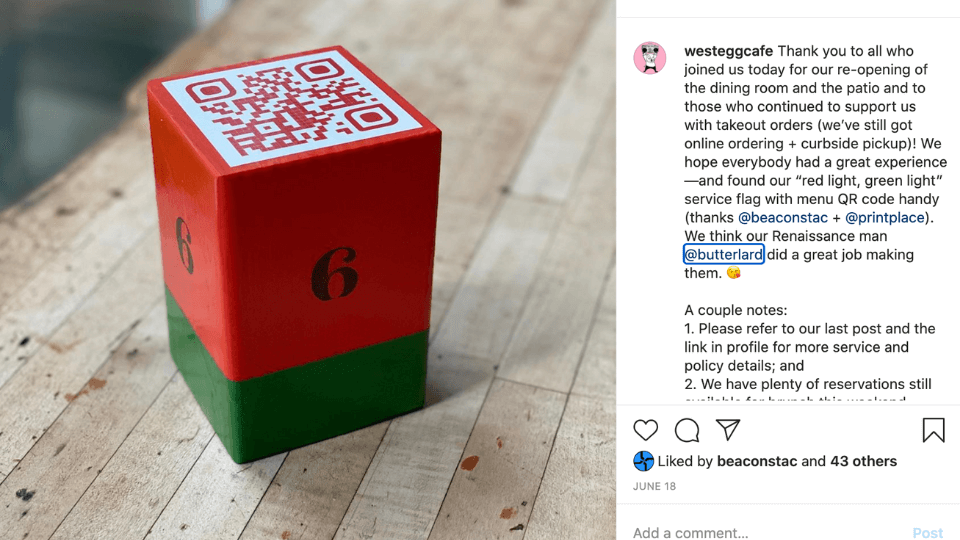
Source: WEST EGG CAFE IN ATLANTA
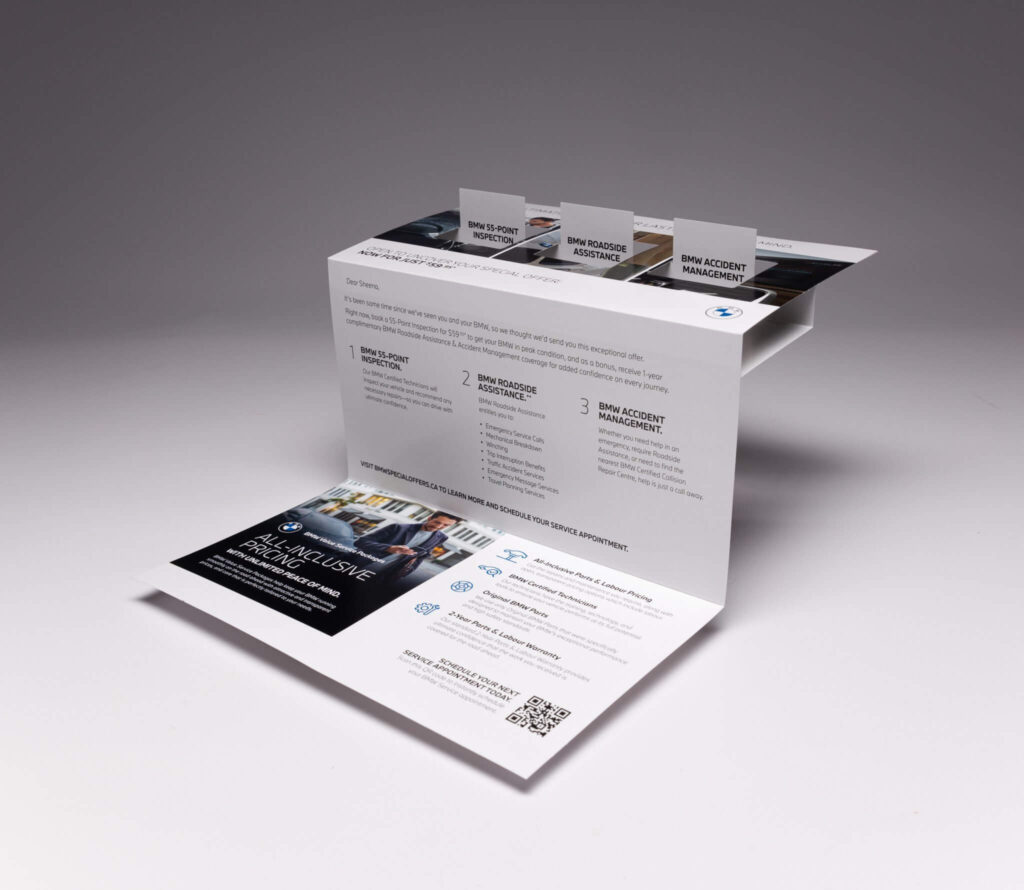
Source: BMW
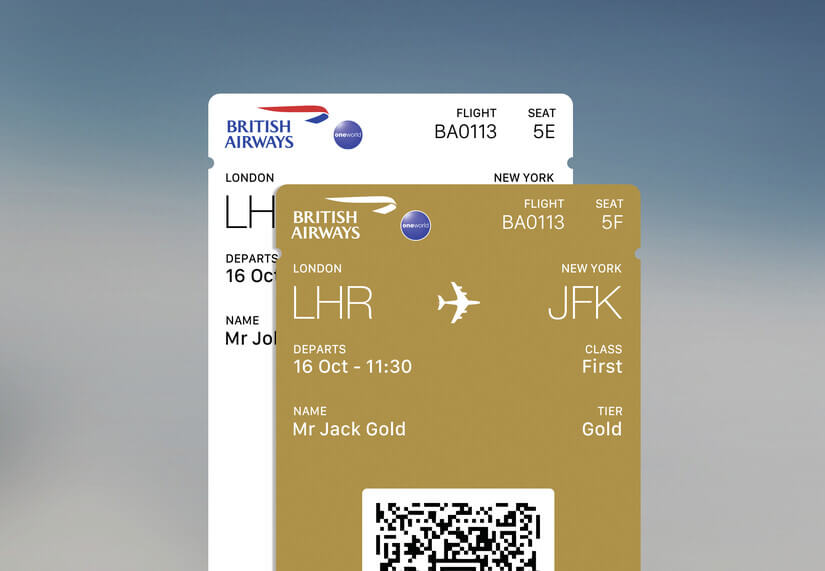
Source: BRITISH AIRWAYS
Some more unique places to use QR Codes include:
- Business Cards – Send someone directly to your website or LinkedIn page.
- Billboards and Murals – Painted QR codes? Yep, they still work. Big or small.
- OTT/Streaming Ads – Does this make sense for your audience? Are they likely to whip out a phone camera within 30 – 45 seconds?
- Internal Memos – This one is cool (and gets our team excited). Organize information and docs easily with QR systems.
- TV Promos – Ever been watching a show and a QR code pops up in the corner for a song or product that’s currently in the scene? This is that.
- Print Materials – Going to a conference? Leaving post cards at a cafe? Handing brochures to potential customers? These are all great places to add QR codes for those who want to explore further.
- …Via Drones? – Japanese game developers Cygames celebrated the anniversary of one of their games by using drones to display a giant QR code in the Shanghai night sky.
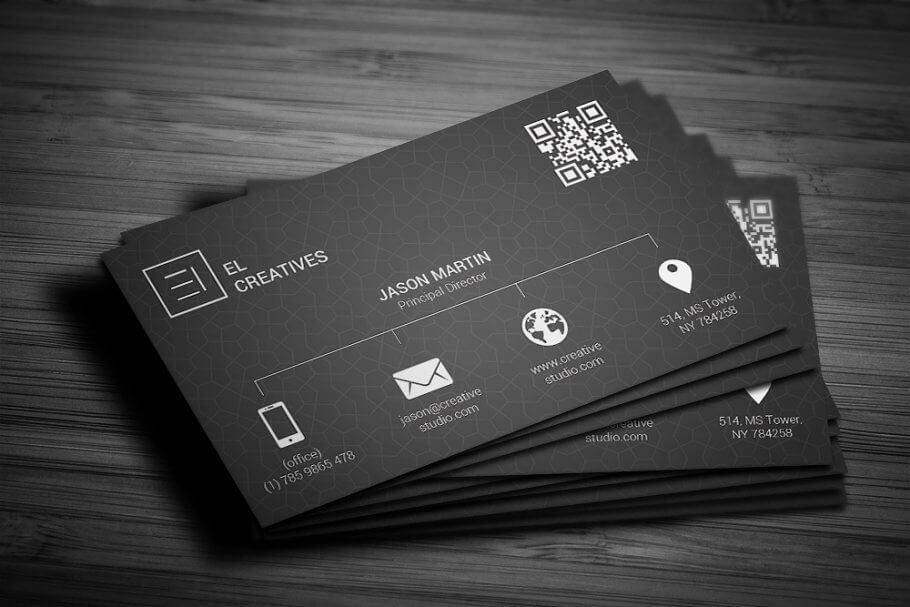
Source: BRANDLY
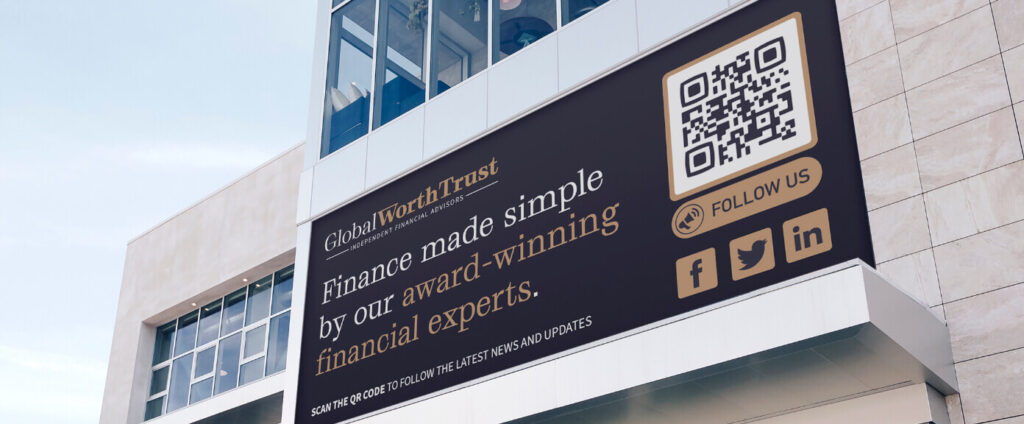
Source: QR CODE GENERATOR
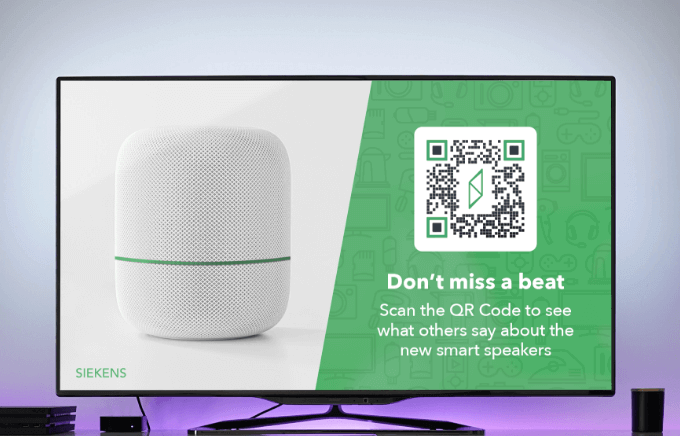
Source: QR CODE GENERATOR
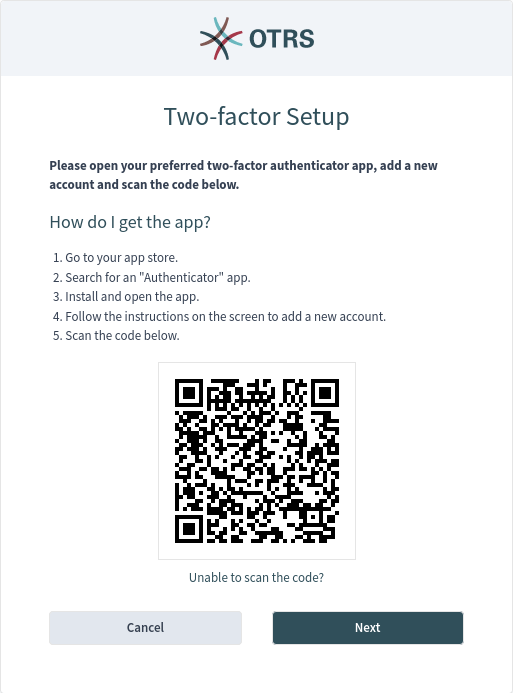
Source: OTRS
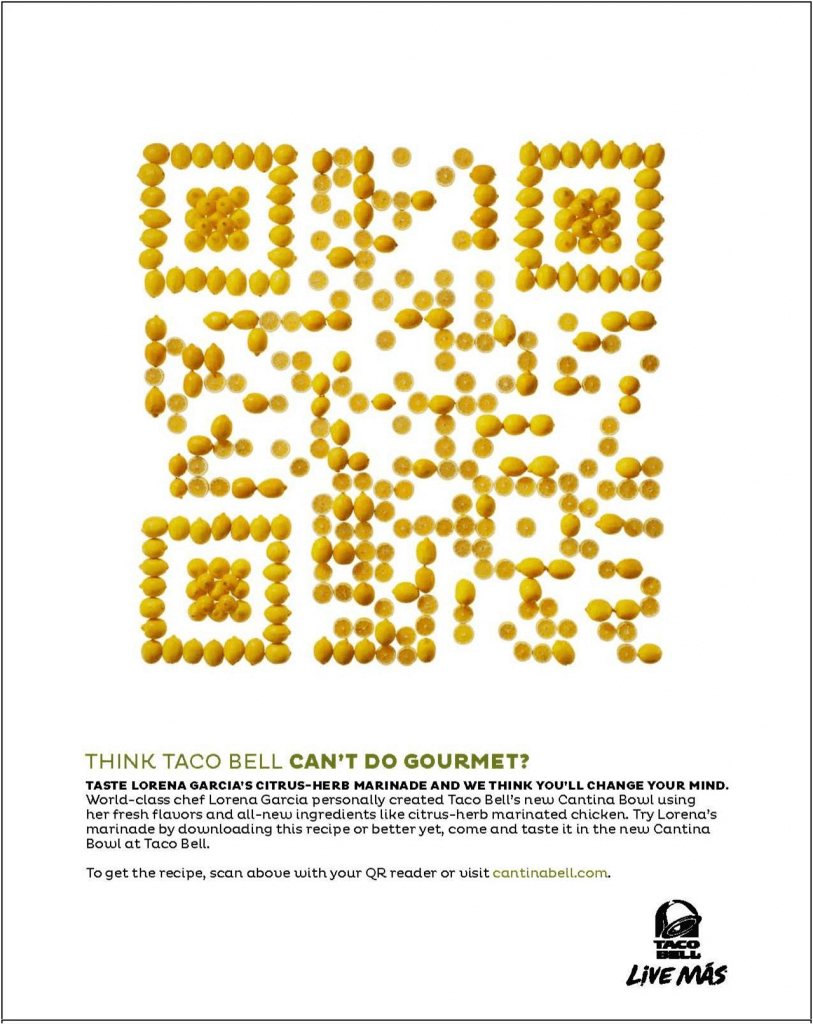
Source: SCANLIFE BLOG
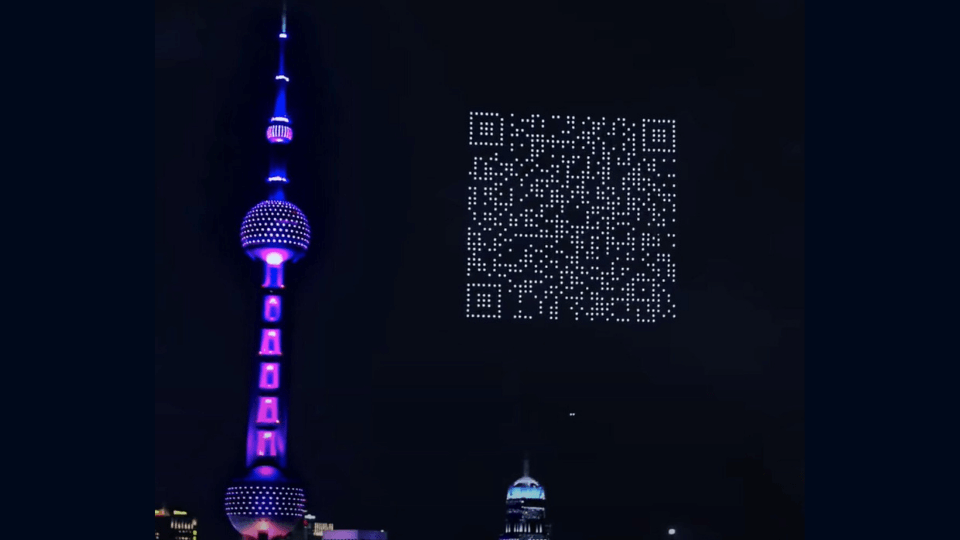
Source: @ZHUGEEX
Where to Link Your QR Codes
Where you direct people depends on the goals of your campaign. Consider where your potential scanners will be – physically and emotionally – when they see the code, then guide those who scan to the next stage of engagement.
Some common places to send your audience and common calls-to-action (CTAs) to pair the QR code with:
- Landing Page – Learn More
- Product Page – Buy Now
- Booking Page – Book Now
- Review Page – Review Us
- Social Media – Follow Us
- Deals or Coupons – Scan for Discount
- App Download – Download the App
- Interactive Platform – Audience engagement (Vote, Comment, Create, Converse)
How to Make QR Codes for Marketing
There are plenty of sites and resources that businesses can use to generate QR Codes, like QRCode Monkey, Flowcode, and Visualead.
These platforms will allow you to set up a QR code in a matter of minutes and give you all of the proper image sizes, link tools, etc. that you need to manage your QR code.
In 5 simple steps, here is how you create a QR Code:
- 1. Decide how you will use a QR code (to provide customer value)
- 2. Pick a QR Code generator site
- 3. Choose between a static vs. a dynamic QR code
- 4. Enter the information to customize and create your code
- 5. Download your code for use
Let’s break each of those down:
1. Decide how you will use a QR code
If you’re thinking about using QR codes in your marketing strategy, remember the best way is to create value for your audience. Each code should lead to valuable content, experiences, or resources. Make sure you require as few clicks as possible.
2. Pick a QR code generator site
There are many free sites available that can help you generate QR codes quickly. A quick Google search can get you started. For advanced capabilities, you may want to find a site with paid plans for increased analytics and code management options.
3. Choose between a static vs. a dynamic QR code
The difference is this – a static QR code is fixed, meaning the data can’t be changed once it’s been generated. A dynamic QR code is changeable because it redirects through a URL. Dynamic codes are the most popular for marketing purposes, since they provide more flexibility and versatility.
4. Enter the information to customize and create your code
This is where you’ll need to know how you want to brand your QR code (customized branding can sometimes cost a bit extra) and decide where you want the code to go. Keep your goals and audience intent in mind!
5. Download your code for use
Make sure you look at the ideal file type and size for the channel where you will be using your QR code, and review the download options for your QR code carefully. Then get creative and start driving your audience to the next stage of engagement.
QR Codes – A New Strategy for Your Marketing Mix
QR codes have become a staple of the marketing mix – allowing marketers to engage with audiences in unique, integrated ways.
They’re trackable, versatile, and simple to operate for both users and marketers alike.
Successful use takes purpose and precision, like any marketing tool, so be sure to consider how QR codes fit in with your broader buyer’s journey and user experience.
These black and white squares aren’t going anywhere soon. Use them well. Use them wisely.
Want help driving results through integrated marketing campaigns? See the results we drive when we blend traditional and digital marketing tactics.